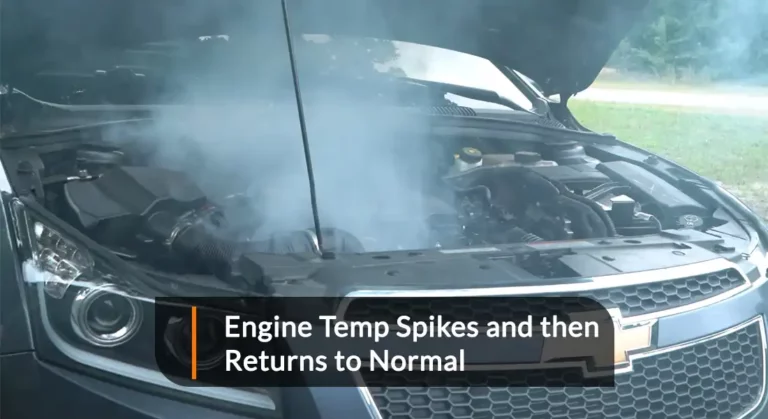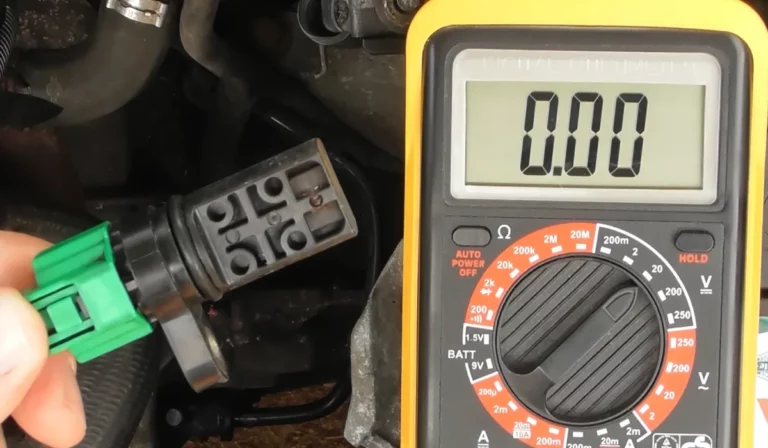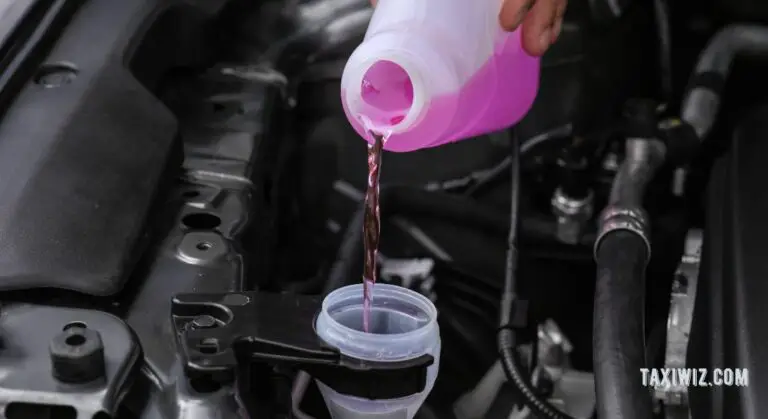Radiator Drain Plug Leaking – Causes, Reason & Fixes!
The drain plug of your radiator helps keep the oil from spilling. Sadly, just like most other components of your vehicle, they’re prone to wear and tear.
So, you can’t expect them to perform with maximum efficiency in the long run.
There are times when vehicle owners end up with a leaking radiator, and often it’s caused due to a faulty drain plug. So, how to fix the radiator drain plug leaking? The solution is simple; you can seal the leak with epoxy glue, or replace it altogether.
Here, we’ll teach you how to detect the leak and fix it in various ways. So, let’s get right to it!
Identifying The Cause Behind the Leak

Multiple components in your car may lead to a leak. So, just because there’s a leak, you can’t conclude that it’s because of the radiator. First, you need to identify the cause of the leak. The following pointers lead to a radiator leak, so cross-check them.
- Is there a Rise in Temperature Gauge?
A leak in the radiator can lead to a significant rise in the temperature gauge. This is because the radiator is responsible for optimizing the heat dissipation of your engine. A faulty radiator fails to maintain the temperature so it goes up.
- Is the Liquid a Coolant?
If your radiator is leaking, you’re likely to find some liquid under your vehicle. Inspect the liquid to understand its form. You can touch the liquid if you want as well.
Luckily, coolants are rather distinguishable from oil. These usually come in green or orange color. If the liquid is crystal clear, it might just be the water dripping from your air conditioner.
Also, motor oil will be either yellow or brown, depending on the period it’s being used for.
- Check the Amount of Coolant Left
There’s another way of checking this, you can simply check the amount of coolant left from the coolant reservoir. Note that the coolant always remains in a reserved system, so it’s not supposed to change.
If you find any change in coolant levels, then there’s certainly been a leak. Open the hood of your car and find the reservoir. Check the amount of coolant left in it, and drive for a few hours. Check the reservoir again, and if you can spot a drop in level, you can be certain that the radiator is leaking.
Locate the Leak
Once you ascertain that there’s a leak, it’s time to gear up and start the hard work. Locating a leak is no easy task, but if you follow the steps mentioned here, you’ll be able to locate it accurately.
Firstly, let the engine cool down. The radiator can get extremely hot while driving the car, and you don’t want to touch it while it’s hot. You can speed the cooling process up by keeping the hood open.
Then, make sure you have appropriate safety gear such as a pair of gloves and goggles, you need to wash the radiator with a hose. Clean the radiator of any grime and dirt, and it’ll get much easier to locate the leak.
You don’t have to use soap or bleach while cleaning the radiator, but keep washing with strong water pressure. Once you’re done washing it, you can wipe it down with paper towels.
Now, you can start the car. With the engine running, open up the hood and inspect the radiator. Are there any signs of liquid coming out of the radiator? If there is, find the source of the liquid, and you’ll find the leak.
Even if you can’t see the leak from your vantage point, you can listen for the sound of a hiss. Usually, the reservoir makes a hissing noise if there’s a leak.
Alternative Way
There’s another way of testing for a leak, and this one’s a bit more expensive as you’ll need a specific tool. Get a pressure tester from your nearest hardware store. You can install the tester with the provided adapter in either the pressure cap or radiator seal.
With the pressure tester installed, pump 10 pounds of air into the tester. If the tester shows a gradual drop in the pressure, then you can be certain that there’s a leak. Also, this makes the process of finding the leak easier as there’s a strong hissing sound.
How to Fix a Radiator Drain Plug Leaking?
While a radiator drain plug leaking is a serious concern, you still can fix it on your own. The only concern is that this issue requires a prompt response, otherwise, you won’t be able to fix it at all.
To fix the radiator drain plug, you’ll have to look for a commercial leak sealant first. There are different kinds of leak sealants on the market, but you can get ones that are made specifically for sealing radiator drain plugs.
To apply, you just have to add the sealant with the coolant. Once you pour the coolant into the radiator, you’ll find the sealant doing its job and closing the leak. Leave the car engine on for 5-10 minutes as the sealant does its job.
Although this method makes things very easy, it doesn’t offer a permanent fix. To fix things permanently. So, you can take a look at the following alternatives.
Use Epoxy Seal
If you manage to identify a leak on the drain plug, then you can use epoxy to seal it easily. Before applying the epoxy, make sure to clean the drain plug properly.
Otherwise, dirt and grime will get mixed up with the glue and form an unstable layer.
So, once you find the leak, wipe the area around the leak with a cloth and some brake cleaner. This will clear that area of any dirt or grime. Once the area is clean, allow it to dry off, and then apply the epoxy.
Don’t make the layer too thick or too thin. Ensuring a layer of an eighth of an inch will be perfect. After applying the glue, leave the car overnight for it to form a strong bond.
Go for a Permanent Fix
If the drain plug is too old, it would be an even better idea to get it replaced altogether. Drain plugs aren’t that expensive to replace. Repairing them professionally isn’t a good idea from the financial perspective.
How to Fix a Radiator Drain Plug >> Check out the video below:
Frequently asked questions (FAQs)
1. Is it possible to change a radiator bleed valve without draining the system?
Yes, no issue with that.
2. Is a leaking radiator drain plug an emergency?
It’s not an emergency and you can continue to drive, but you should get it fixed as soon as possible.
3. What causes a drain plug to fall out?
It can fall out if it’s not tightened properly.
Conclusion
Radiator drain plug leaking is an issue that can be solved in multiple ways. You can attempt the DIY fixes, but they will not yield great results in the long run.
So, if you can find the leak, we recommend getting the drain plug replaced.
Related Articles:




